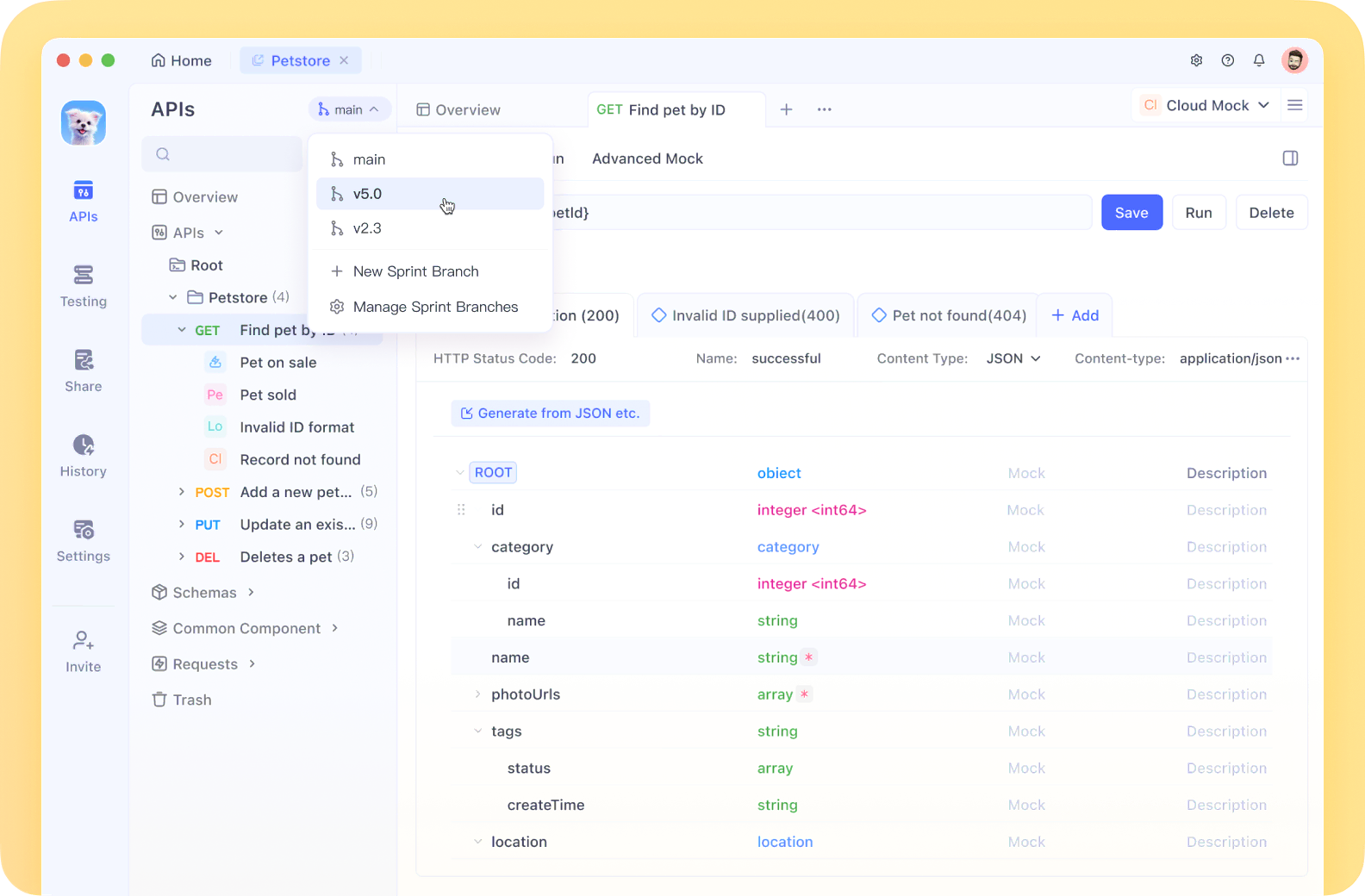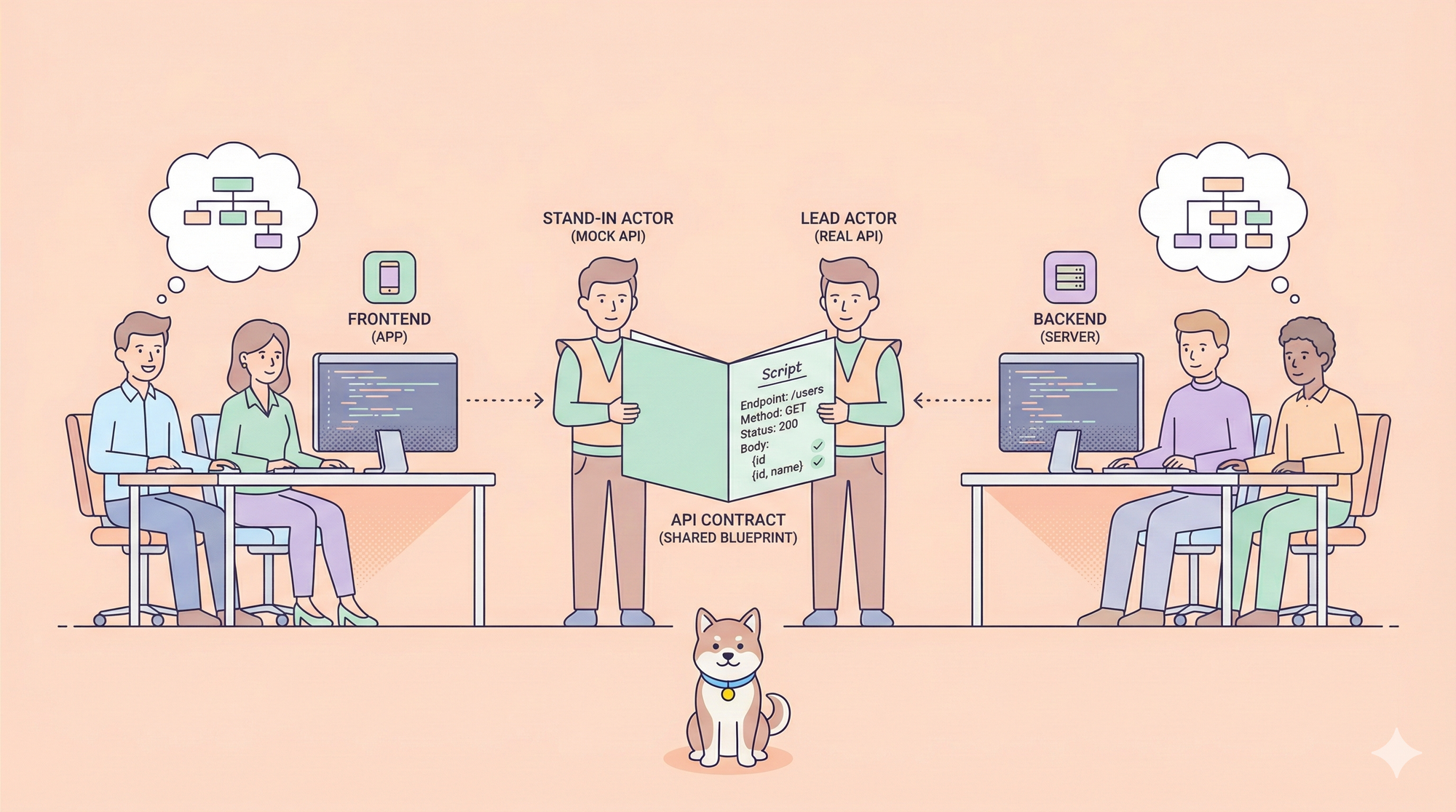Have you ever wished you had a super-smart teammate who could whip up code, debug pesky errors, or crank out tests while you focus on the bigger picture? That’s where Codex, OpenAI’s AI-powered coding assistant, comes in. Introduced in 2021 and supercharged with GPT-5 and GPT-5-Codex models in 2025, this tool is a game-changer for improving your work. But the real magic happens when you integrate Codex with your development workflow, seamlessly blending it into your daily work. From GitHub to CI/CD pipelines, using Codex in your existing workflow can save you and your team hours and boost creativity. In this guide, we’ll walk through practical ways to weave Codex into your tools, share tips for smooth adoption, and highlight how to make it feel like a natural extension of your process. Ready to level up? Let’s dive into making Codex your development BFF!
Want an integrated, All-in-One platform for your Developer Team to work together with maximum productivity?
Apidog delivers all your demands, and replaces Postman at a much more affordable price!
Why Integrate Codex? The Productivity Boost You Need
Before we get hands-on, let’s talk about why integrating Codex with your development workflow is worth the effort. Codex isn’t just a code generator—it’s a context-aware assistant that reads your repo, understands your style, and tackles tasks like debugging, refactoring, or test generation. With a 192,000-token context window, it can process entire modules in one go, making it ideal for complex projects. DataCamp notes that Codex cuts coding time by 40% on average, with 85% accuracy on real-world tasks like PR reviews. Whether you’re in VS Code, a terminal, or a CI pipeline, using Codex in your existing workflow means less grunt work and more time for creative problem-solving. Let’s explore the top ways to make it happen.
Connecting Codex to GitHub via ChatGPT Web Interface
One of the easiest ways to integrate Codex with your development workflow is through the ChatGPT web interface, especially if you’re a fan of browser-based tools. Here’s how to get started:
Link GitHub: Head to chat.openai.com, sign in with a Pro OpenAI plan ($20/month for full GPT-5-Codex access), and connect your GitHub account under Settings > Integrations. Authorize Codex to access specific repos—choose private ones for secure projects or public for testing.
Assign Tasks: In the ChatGPT sidebar, select a repo and type natural language prompts like “Generate a Python REST API in my backend folder” or “Debug this React component.” Codex scans your repo’s structure, respects your .gitignore, and delivers code that fits your project’s vibe.
Review and Commit: Codex suggests changes as diffs or new files, which you can preview and push directly to a branch. For teams, this is gold—assign autonomous tasks like “Write unit tests for utils.py” and let Codex handle it while you sip coffee.
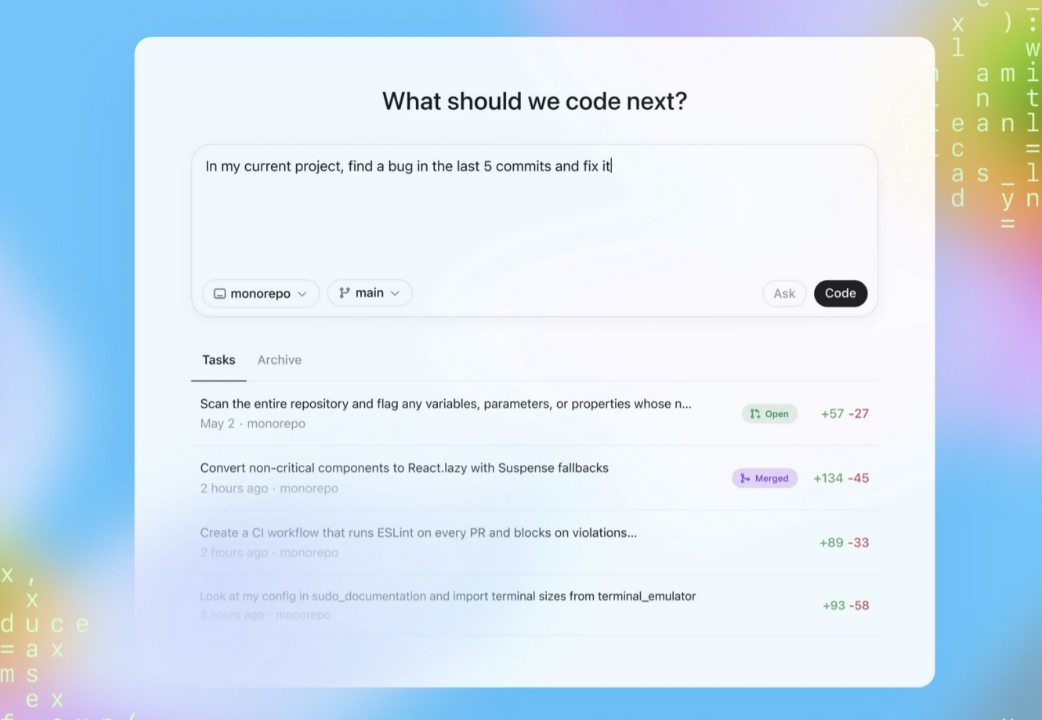
This setup is perfect for teams who prefer web-based flows or want Codex to act as an independent agent. OpenAI’s docs highlight 90% satisfaction for GitHub-integrated tasks, with seamless PR creation cutting review cycles by 30%.
Using the Codex CLI for Terminal-Based Workflows
For terminal warriors, the Codex CLI is your ticket to using Codex in your existing workflow with minimal fuss. Here’s how to plug it in:
Install and Authenticate: Run npm install -g @openai/codex in your terminal (Node.js required). Authenticate with codex login—use your ChatGPT credentials or an API key from platform.openai.com. Pro plan unlocks full features; free tiers are capped at 10-20 messages/day.
Invoke Codex: Navigate to your project dir and run commands like codex generate --file src/app.py --task "add error handling" or codex debug --file main.js. Codex respects your Git structure, reading package.json or requirements.txt to align outputs.
Set Policies: Use --manual-approve for sensitive changes or --auto for low-stakes tasks like test gen. Create an AGENTS.md file in your repo root with guidelines like “Use pytest, camelCase naming.” Prompt: “Follow AGENTS.md for all tasks” to keep outputs consistent.
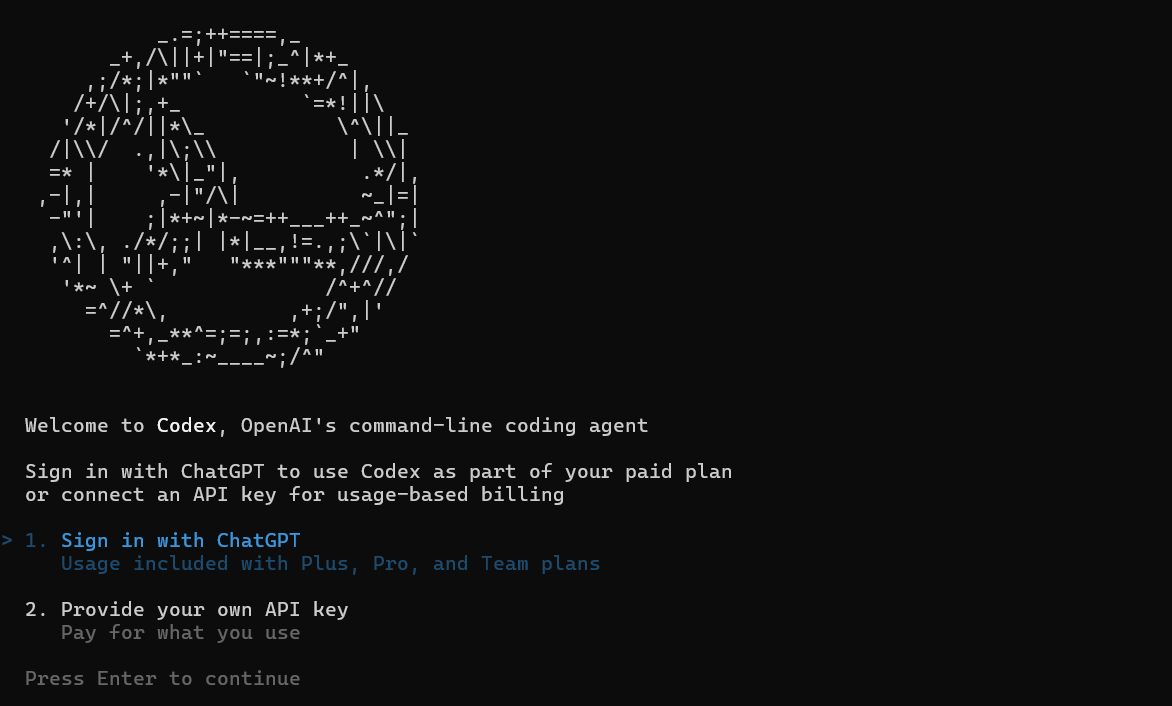
The CLI shines for solo devs or small teams, it is 3x faster debugging when paired with Git. For example, codex test-gen --dir src/ --coverage 85 churns out a full test suite in seconds, saving hours of manual work.
Integrating Codex into CI/CD Pipelines
Want to automate the boring stuff? Integrating Codex with your development workflow via CI/CD pipelines is a powerhouse move. Think automated test generation, code reviews, or routine maintenance without lifting a finger.
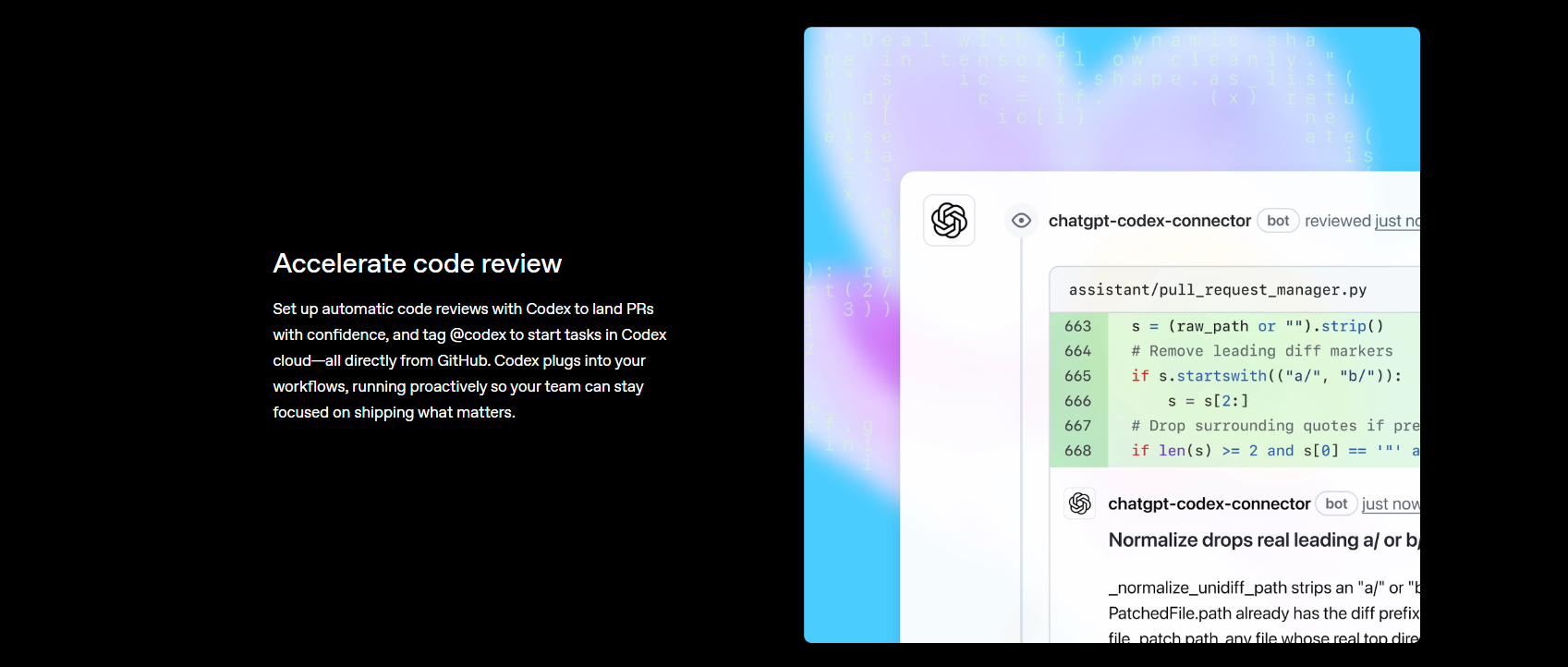
Set Up Triggers: In GitHub Actions or Jenkins, add a step to invoke Codex via API or CLI. For instance, on PR creation, run codex review --pr 123 --repo my-app to generate comments on code smells or missing tests.
Automate Tasks: Configure jobs for repetitive tasks: codex test-gen --dir src/ --framework jest to auto-create tests on commits, or codex refactor --file legacy.py --modernize to update old code. Outputs feed back as PRs or artifacts.
Scale Gradually: Start with low-risk tasks (e.g., linting suggestions) and build confidence before automating critical paths. Enterprise plans ($25/user/month) offer shared pools for high-volume CI tasks, avoiding rate limits.
OpenAI’s API docs note 70% fewer regressions when Codex handles test gen in CI, freeing humans for strategic work. A sample Action: Trigger codex lint on push, cutting manual reviews by 50%.
Project-Specific Configurations with AGENTS.md
To make Codex feel like part of your team, use an AGENTS.md file to define your project’s DNA. Add it to your repo root with rules like:
# Codex Guidelines for MyProject
- Language: Python 3.9+, TypeScript
- Tests: pytest for Python, Jest for JS
- Naming: snake_case for Python, camelCase for TS
- Output: Generate docstrings, aim for 90% coverage
- Example:
```python def add(a: int, b: int) -> int: """Adds two integers.""" return a + b ```
Prompt “Follow AGENTS.md” to align outputs. This ensures using Codex in your existing workflow produces code that fits your style, reducing cleanup. Up to about 60% fewer edits when AGENTS.md guides Codex.
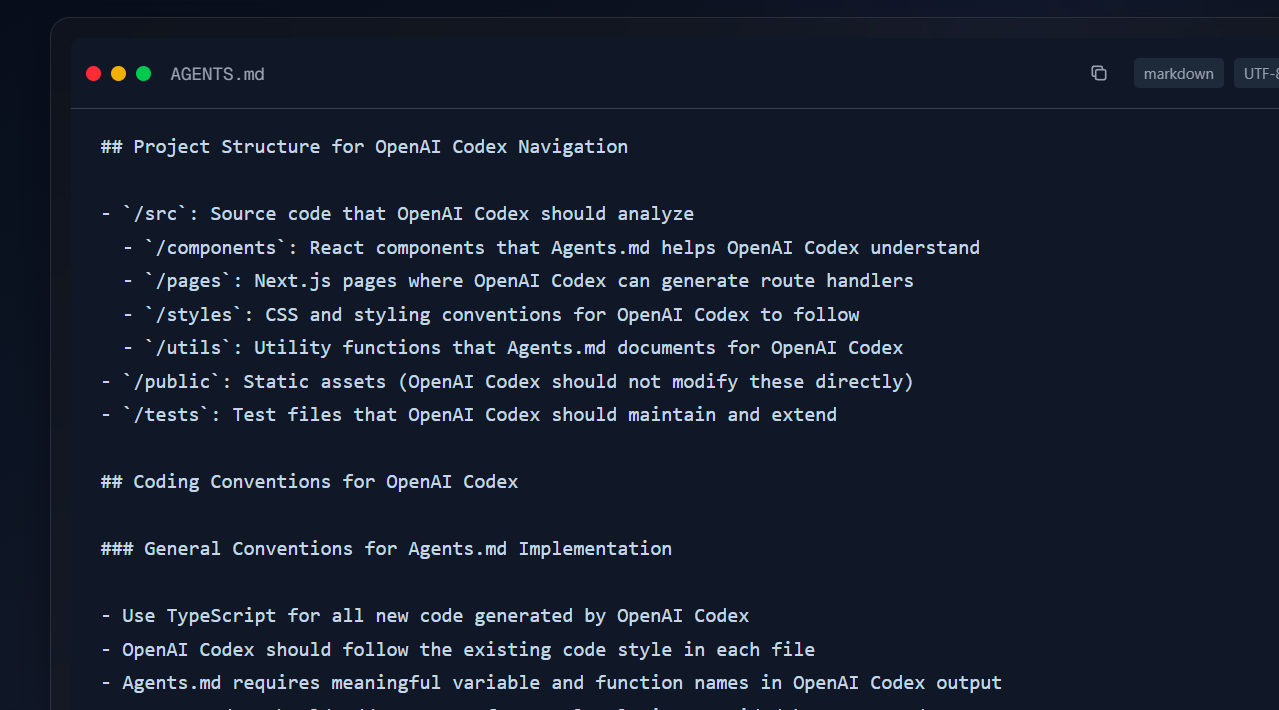
Security and Version Control: Keeping It Safe
Safety first! Integrate Codex with your development workflow securely:
- Sandbox Execution: Use Codex’s Code Interpreter for safe code runs—no rogue scripts touching your system.
- Version Control: Always work in Git repos. Codex respects branches, suggesting diffs for review.
- Manual Approvals: Enable
--manual-approvefor sensitive changes, ensuring humans stay in the loop.
Enterprise plans add audit trails, tracking every Codex action for compliance. OpenAI’s security guidelines stress 99.9% uptime for API calls, keeping your pipeline stable.
Advanced Features for Power Users
Take Codex to the next level:
- Parallel Tasks: Run multiple agents in isolated containers for simultaneous debugging and testing.
- Context Awareness: Codex reads tests, docs, and configs for smarter outputs, cutting prompt bloat by 40%.
- Tooling Synergy: Pair with VS Code’s Codex extension for inline edits or UI generation tools like Figma-to-code plugins.
Conclusion: Make Codex Your Workflow Wingman
Integrating Codex with your development workflow is like adding a turbo engine to your dev process. From GitHub’s web ease to CLI grit and CI/CD automation, using Codex in your existing workflow saves time and sparks creativity. Start small—try a test gen or debug task—then scale as confidence grows. With AGENTS.md and smart configs, Codex becomes your team’s MVP. Got a workflow hack? Share it and let’s make coding smoother together!
